A Python-based micro game console, optimized for game development workshops.
I really like the #PewPew FeatherWing as a platform for teaching game development, but the cost of Feather boards needed to use it makes it difficult to organize workshops for larger groups of people. I have previously tried to work around that problem by merging the FeatherWing with the schematic stolen from a Trinket M0 (with an additional flash memory), but the resulting design was complex, difficult to make and still a bit expensive. Now after having designed a few more CircuitPython boards I think I can really cut the costs and make a standalone device with all the functionality of the original shield, but optimized for workshops.
 deʃhipu
deʃhipu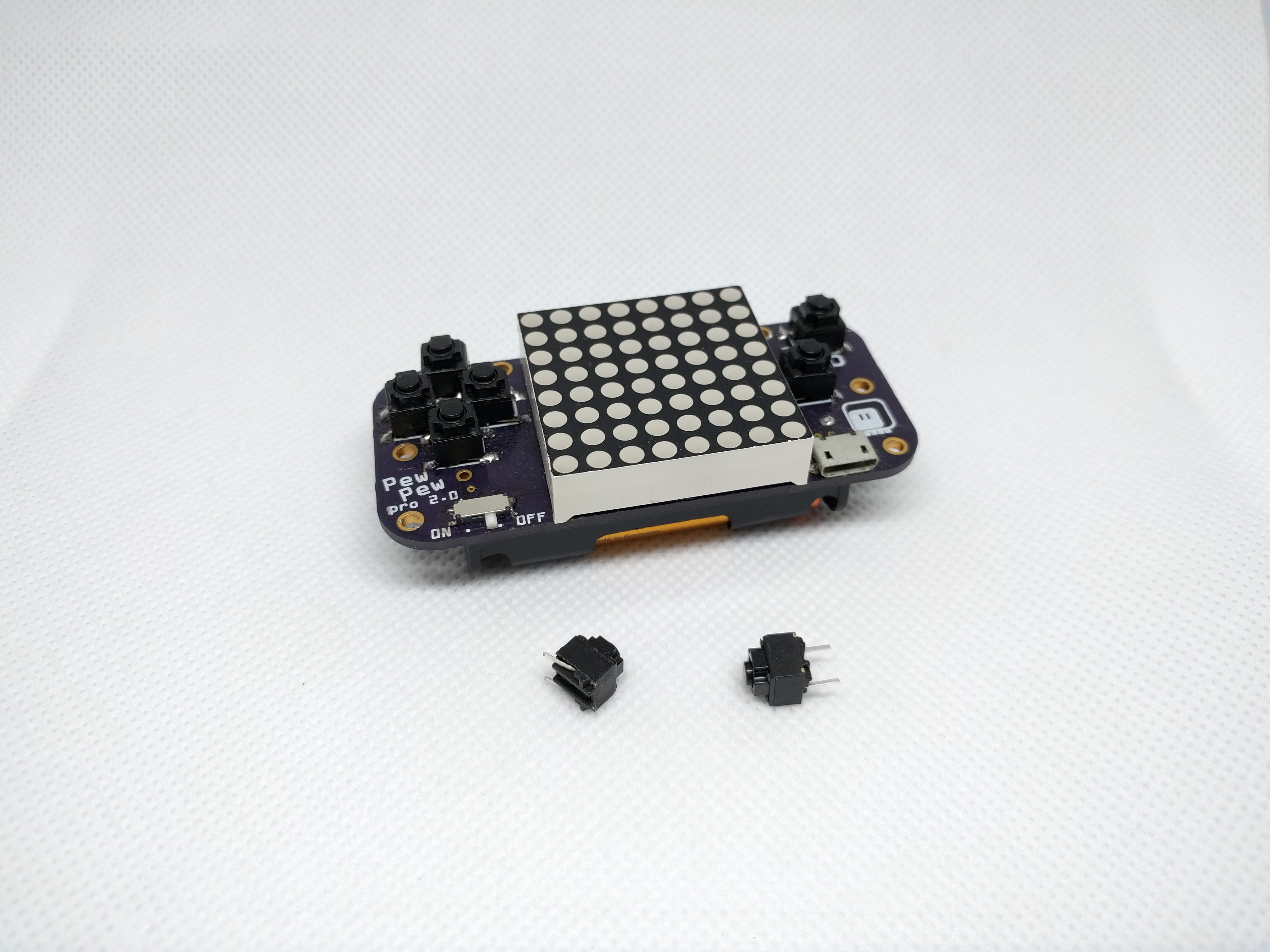
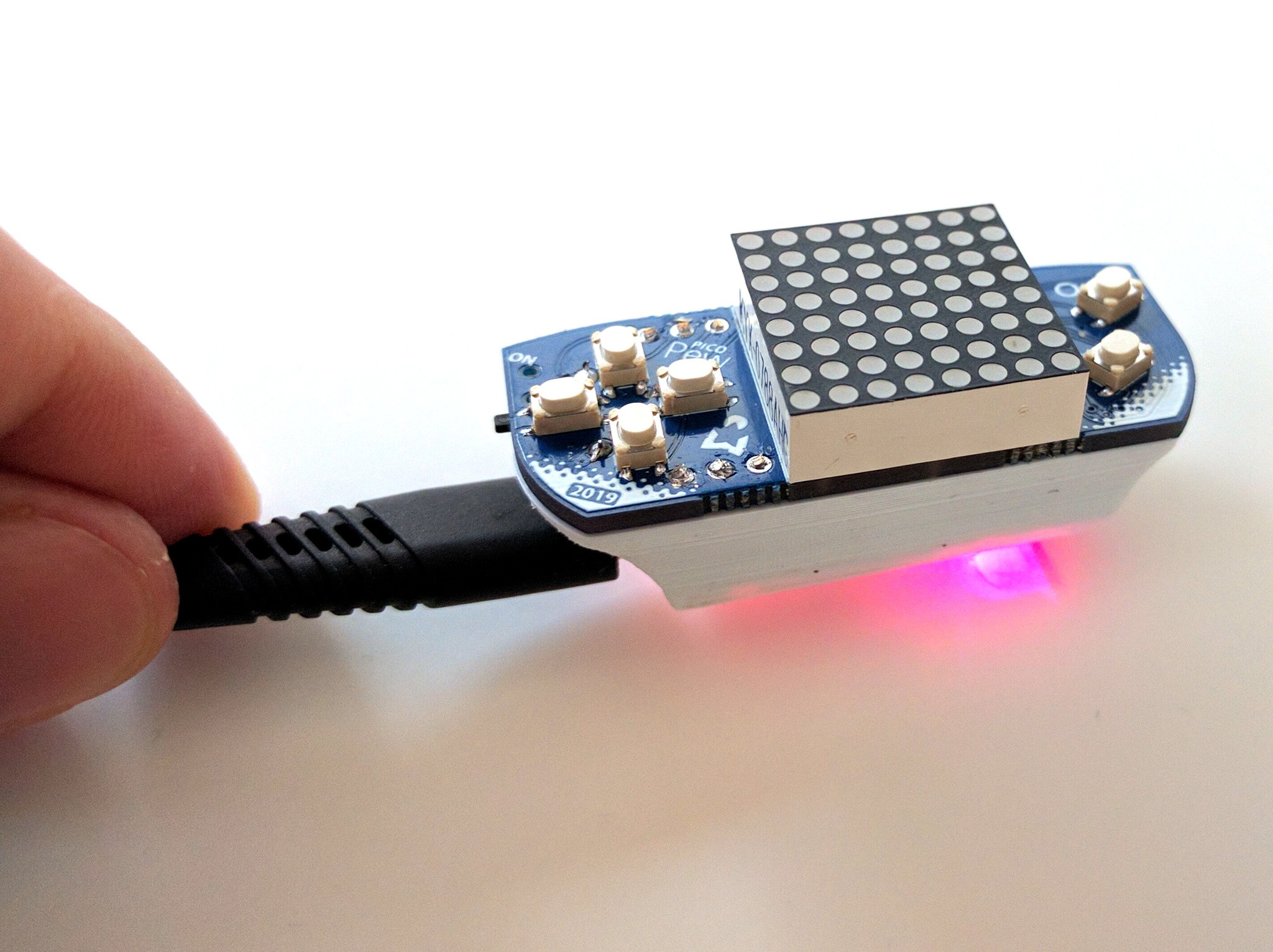
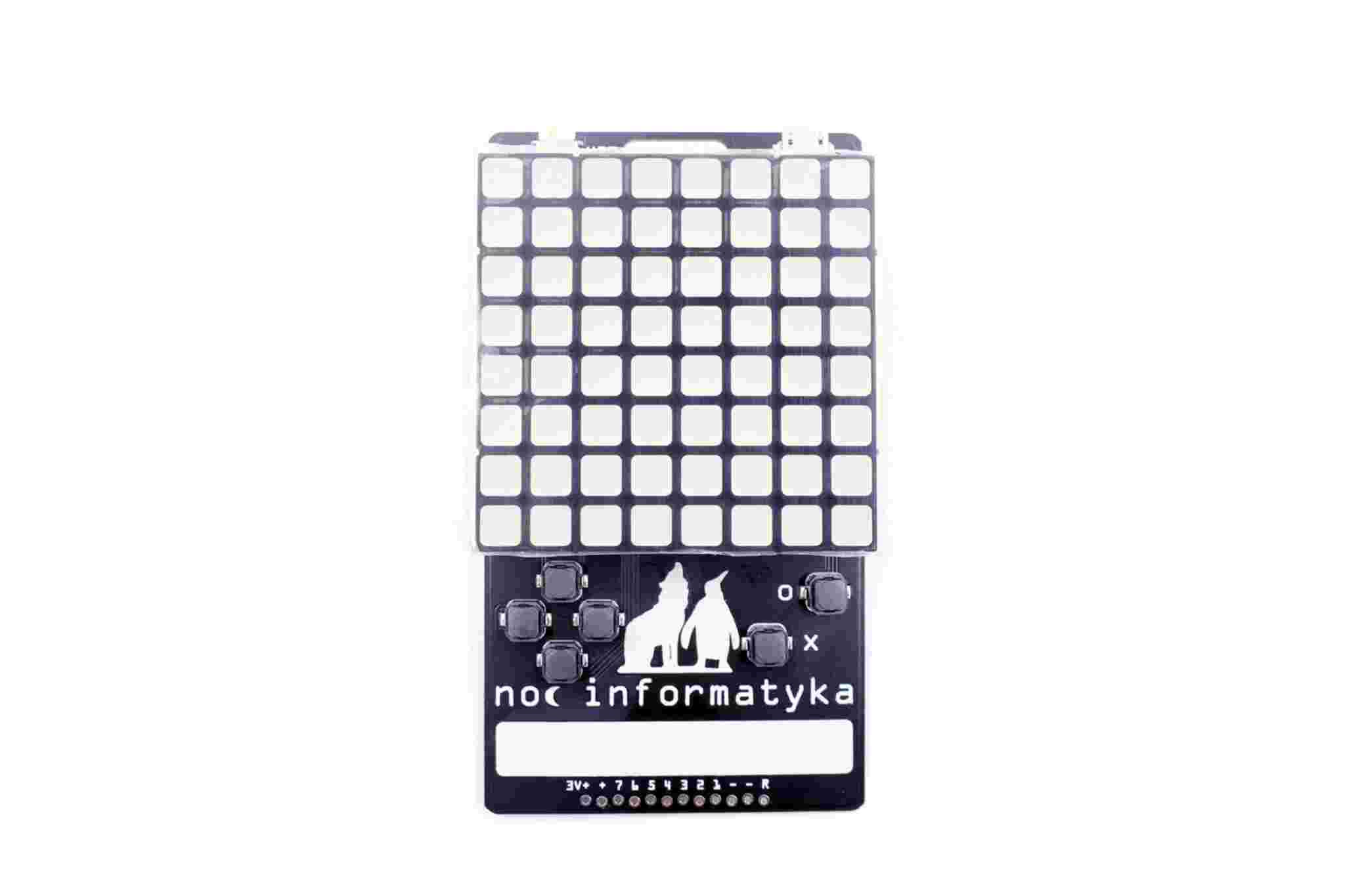
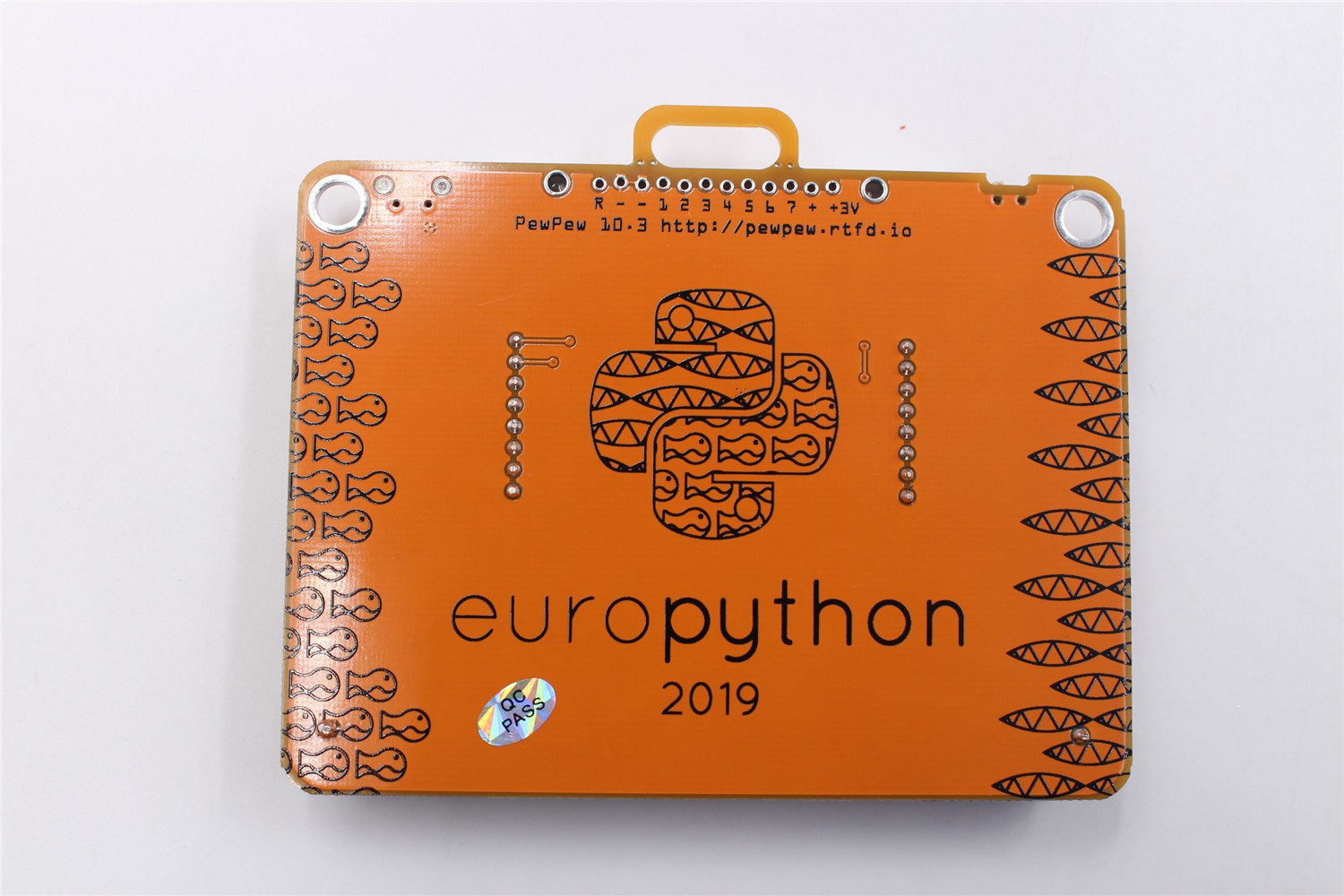
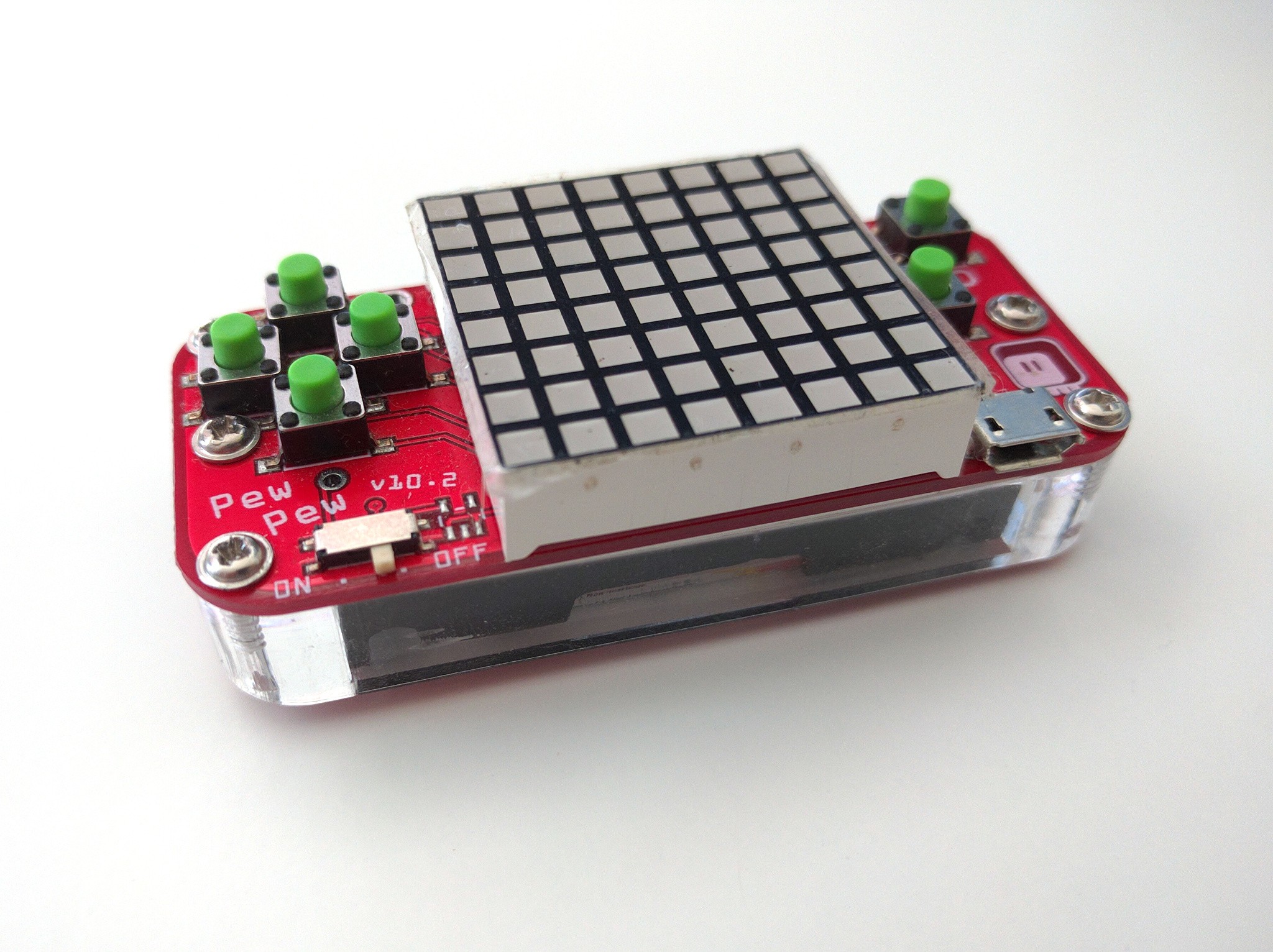
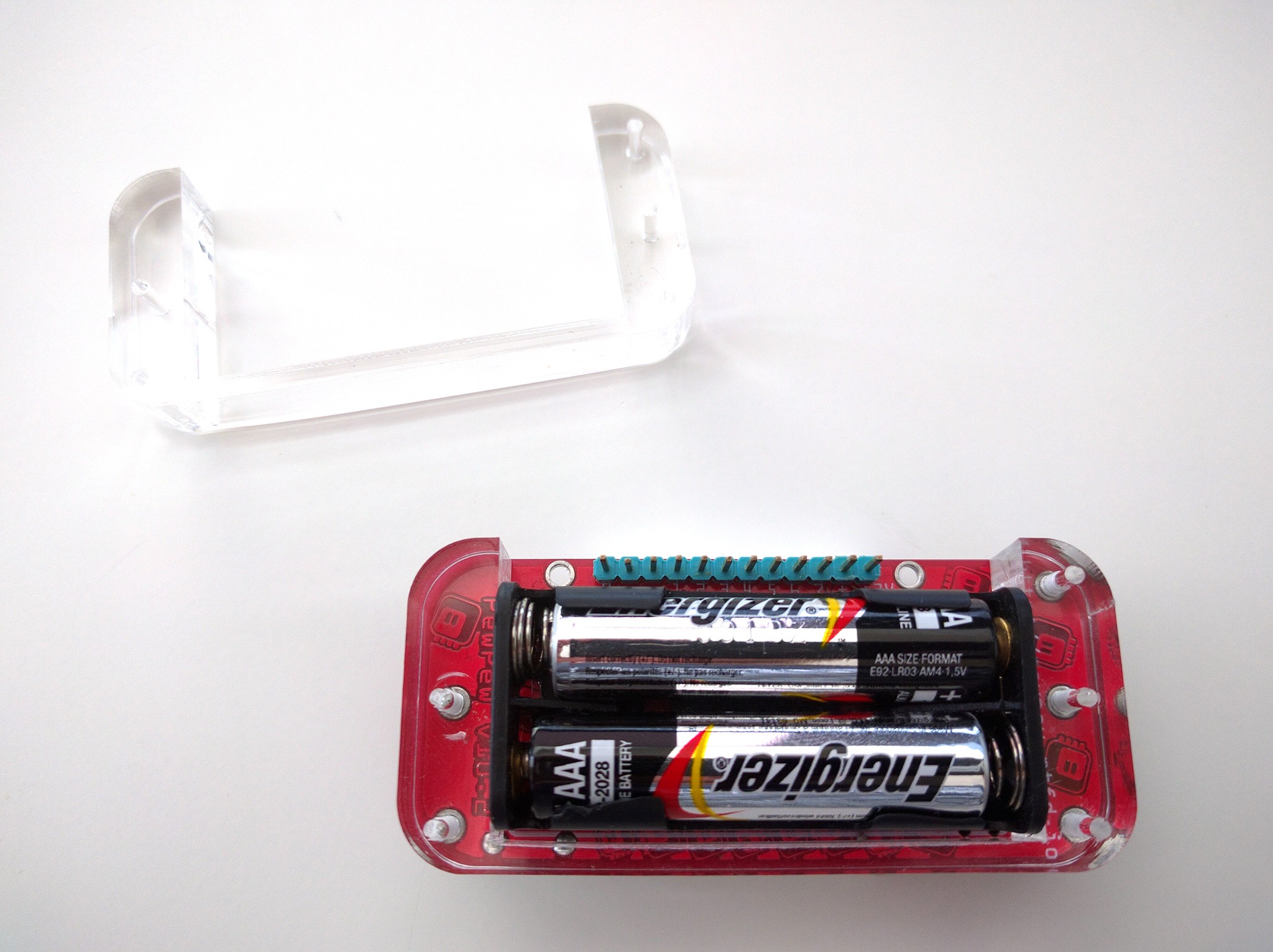




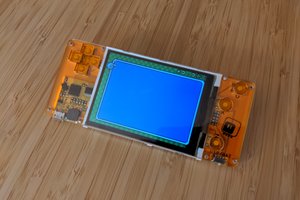
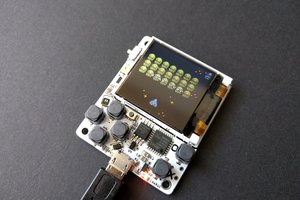
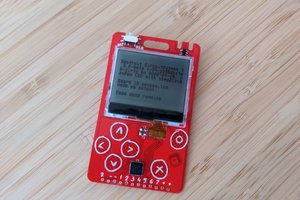
there's room for everyone and I'm still volunteering to translate material for micro:bit;
but I'm looking to have various pieces of hardware that I can show and use with kids.
even with your margin, it is still affordable for small organization with small sponsors.